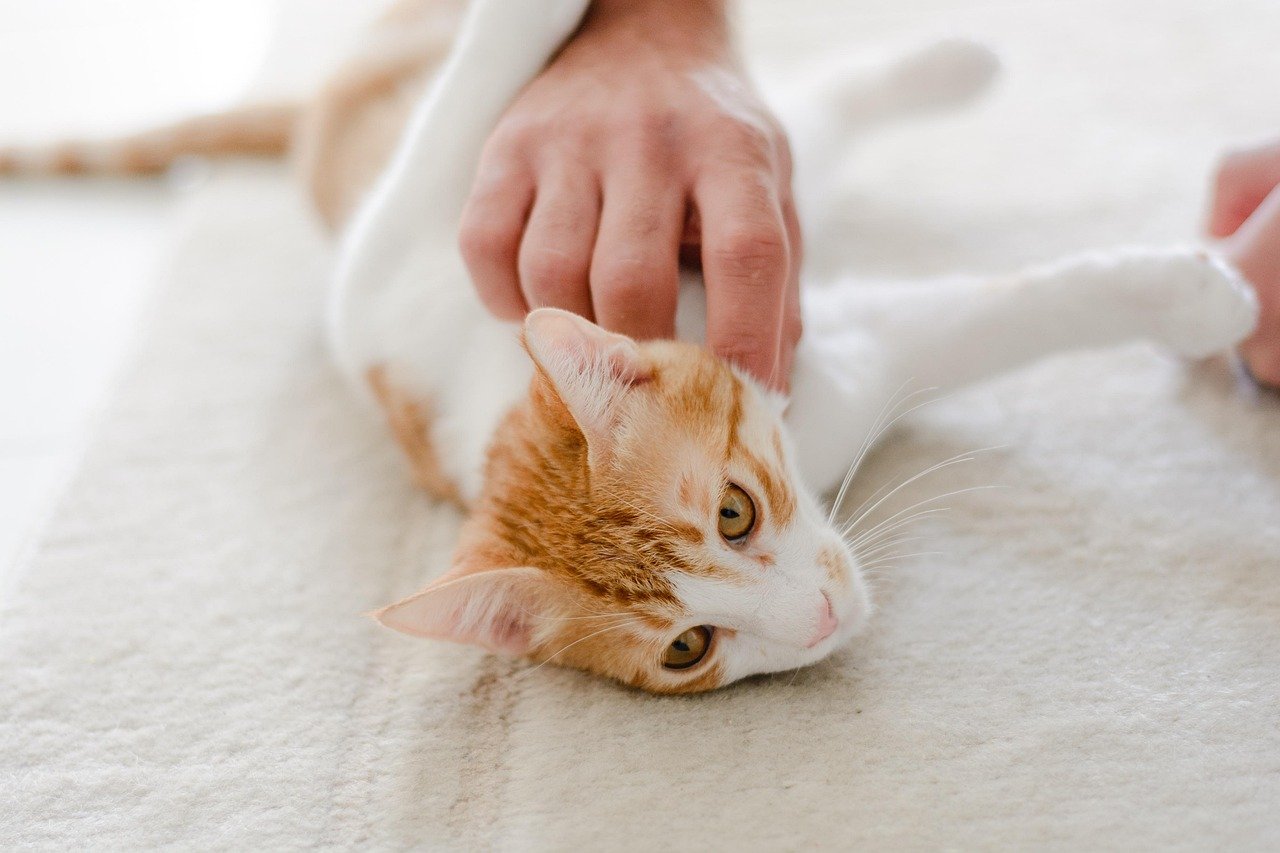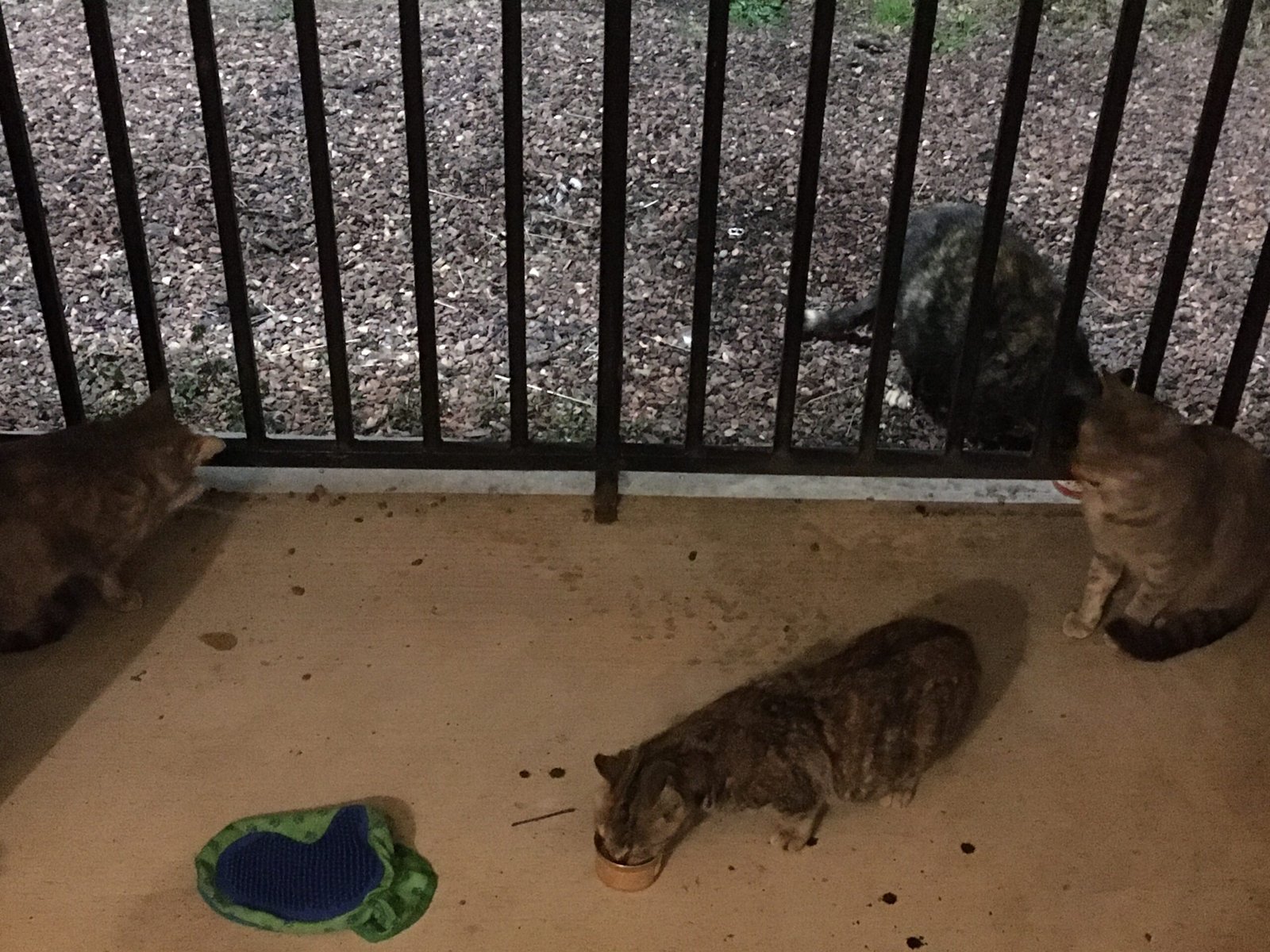Have you ever watched your cat slink behind the couch at the sound of the doorbell, or vanish at the mere sight of a stranger? If so, you know how heartbreaking it can feel to see your furry companion miss out on love, playtime, and connection. Shyness in cats isn’t rare, but watching your pet hide from the world can stir up a deep desire to help. Imagine a world where your timid cat greets visitors at the door, plays in the open, and confidently explores every corner of your home. The journey from shy to social is possible—and surprisingly rewarding. Let’s dive into the loving, sometimes hilarious, and always inspiring adventure of helping a shy cat blossom.
Understanding Feline Shyness

Cats, like people, come with their own personalities. Some are natural-born extroverts, while others are gentle introverts. Shyness in cats can stem from genetics, lack of socialization as a kitten, or negative past experiences. Recognizing that your cat’s behavior isn’t a flaw but a form of self-protection can help you approach the process with empathy. Many shy cats just need time, patience, and a sense of safety to open up. Remember, a nervous cat isn’t trying to be difficult—they’re simply coping with a world that feels overwhelming. By understanding the roots of feline shyness, you can better support your cat’s journey toward confidence.
Creating a Safe Haven

Every shy cat needs a retreat—a special place where they feel utterly secure. This could be a cozy corner, a covered bed, or even a cardboard box tucked away from foot traffic. Fill this haven with their favorite blanket, toys, and maybe a piece of your clothing for comfort. Make sure the area is quiet, away from loud noises and bustling activity. Over time, your cat will realize this spot is theirs, and it’s where they can recharge when things get overwhelming. A safe haven isn’t just a physical space; it’s also a signal to your cat that you respect their need for downtime.
Establishing a Consistent Routine

Cats thrive on predictability. A shy cat, in particular, finds comfort in knowing what to expect. Feed, play, and interact with your cat at the same times every day. A regular schedule can help reduce anxiety and make daily life more manageable. Even small routines—like greeting your cat with a soft voice each morning—build trust. If you need to introduce new experiences, try to do so around your established routine, so your cat always has a sense of what’s coming next. Over time, this predictability can help your shy cat feel more relaxed and open to socialization.
Using Gentle, Calm Movements

Fast or sudden movements can send a shy cat running for cover. When you approach your cat, move slowly and deliberately. Get down to their level, extend a finger, and let them come to you. Speak in a soft, soothing tone. If you need to pick them up, do so gently and avoid forcing contact. The goal is to show your cat that you’re not a threat. Even your posture matters—try sitting on the floor with your side facing your cat, rather than looming over them. These subtle cues can make a world of difference in helping your shy cat feel safe around you.
Letting Your Cat Set the Pace

Patience is your greatest ally when working with a shy cat. Let your cat decide when and how to interact. Resist the urge to force affection or coax them out of hiding. Instead, offer opportunities for interaction—like sitting quietly nearby or placing treats within reach—and let your cat make the first move. Some cats will approach after a few minutes; others may take days or weeks. Each small step is progress. Celebrate the little victories, like a nose sniff or a gentle head bump, and remember that your cat’s comfort should always come first.
Rewarding Positive Behavior

Positive reinforcement is a powerful tool for encouraging social behavior. Whenever your shy cat ventures out or interacts with you, reward them with treats, gentle pets, or playtime. Use their favorite snacks or toys to make positive associations with social situations. Keep the rewards immediate and consistent, so your cat connects the behavior with the reward. Over time, your cat will learn that being social brings good things. Remember, even a tiny step—like making eye contact or sitting nearby—deserves recognition. Consistent rewards can gradually turn fearful moments into happy ones.
Introducing Interactive Playtime

Play is more than just fun—it’s a gateway to confidence. Use interactive toys like wand teasers, laser pointers, or small balls to entice your shy cat out of hiding. Start by playing from a distance, letting your cat observe before joining in. Gradually decrease the distance as your cat becomes more comfortable. Play sessions help your cat burn off nervous energy and build trust with you. They also provide a safe way to interact without the pressure of close contact. Remember, every playful pounce or curious glance is a sign your cat is feeling braver.
Reading Your Cat’s Body Language

Cats communicate volumes through their bodies. A tucked tail, flattened ears, or dilated pupils often signal fear or discomfort. On the other hand, a relaxed body, slow blinks, or gentle head nudges show trust. By learning to read your cat’s subtle cues, you can respond appropriately—backing off when they’re nervous and engaging when they’re open. This attentive approach helps your cat feel understood and respected. Over time, you’ll develop a unique language with your cat, one built on mutual respect and understanding. Think of it as your secret handshake.
Introducing New People Gradually

Meeting new people can be terrifying for a shy cat. Start slow by having visitors sit quietly in the same room without trying to interact. Ask guests to avoid eye contact and let your cat approach if they feel comfortable. You can offer treats or toys to create positive associations with new faces. Gradually increase the length and frequency of visits. If your cat seems overwhelmed, allow them to retreat to their safe space. With patience and gentle introductions, most shy cats will eventually tolerate—or even enjoy—company.
Providing Vertical Space

Cats feel safer when they can observe their surroundings from above. Offer cat trees, shelves, or window perches to give your shy cat options for high ground. Vertical spaces help cats feel secure and allow them to watch the world without feeling exposed. These spots can also serve as safe zones during socialization, letting your cat choose when to engage. Encourage exploration by placing treats or toys on different levels. Over time, your cat will gain confidence as they explore their vertical kingdom.
Utilizing Food as a Social Tool

Food is a universal motivator, and it can be a bridge between you and your shy cat. Try hand-feeding small treats or meals to encourage positive interactions. You can also use puzzle feeders to stimulate your cat’s mind and create opportunities for play. Feeding sessions become more than just nourishment—they’re a chance to build trust and familiarity. Be patient if your cat is hesitant at first; even sniffing your hand or licking a treat is progress. With time, food can help your cat associate you with safety and comfort.
Managing Stressful Situations

Shy cats are especially sensitive to stress. Loud noises, sudden changes, or unfamiliar guests can set back their progress. Try to minimize these triggers when possible. If a stressful event is unavoidable, give your cat access to their safe haven and avoid forcing interactions. Use calming products like pheromone diffusers or sprays to help create a soothing environment. Remember, setbacks are normal—what matters is that your cat knows you’re always a source of comfort and safety.
Socializing with Other Pets

If you have other pets, introducing them to a shy cat requires extra care. Start by keeping them separated and allowing them to sniff each other’s scent through closed doors or blankets. Gradually allow short, supervised interactions, always monitoring for signs of stress. Use treats or toys as positive reinforcement. Never force interactions, and give your shy cat plenty of escape routes. Over time, many shy cats learn to coexist peacefully—or even form close bonds—with other animals in the home.
Making Use of Calming Products

There are a variety of products designed to help reduce anxiety in cats. Pheromone diffusers, calming collars, and herbal sprays can all create a more relaxing environment. Some cats benefit from calming treats or supplements, but always consult your vet before introducing new products. These tools aren’t magic fixes, but they can help take the edge off, especially during stressful transitions. Combine them with patience, routine, and gentle socialization for the best results.
Building Trust Through Scent

Cats rely heavily on scent to feel secure. Gently offer your hand for your cat to sniff before petting them. You can also leave small items with your scent—like a worn T-shirt—in their favorite spots. This helps them become familiar with your presence even when you’re not around. If you’re introducing your cat to new people or pets, swap bedding or toys to help spread comforting scents. A familiar scent can make new experiences less intimidating and foster a sense of belonging.
Encouraging Exploration with Enrichment

Boredom can make shyness worse, so it’s important to provide plenty of enrichment. Rotate toys, add scratching posts, or hide treats around the house to encourage exploration. Window perches, bird feeders, or interactive play sessions can help spark curiosity. The more your shy cat explores, the more confident they’ll become. Enrichment isn’t just about entertainment—it’s about helping your cat realize the world isn’t as scary as it seems.
Practicing Gentle Desensitization

Desensitization means gradually exposing your shy cat to things they fear in a controlled, positive way. If your cat is scared of the vacuum, start by leaving it turned off nearby, then slowly move closer over time. Pair these moments with treats or gentle praise. The goal isn’t to overwhelm your cat, but to help them realize these triggers aren’t dangerous. With patience and repetition, many shy cats learn to tolerate—or even ignore—previously frightening situations.
Speaking Softly and Using Reassuring Words

Your voice can be a powerful comfort to a shy cat. Speak in a low, gentle tone, using their name and soft phrases like “good kitty” or “it’s okay.” Avoid yelling or harsh tones, which can heighten anxiety. Even if your cat doesn’t understand the words, they’ll pick up on your calm energy. Some people even read aloud or sing softly to their cats to build familiarity. Over time, your voice becomes a symbol of safety and reassurance.
Seeking Professional Help if Needed

Sometimes, a shy cat’s fear goes beyond what you can handle at home. If your cat shows signs of extreme anxiety—like aggression, obsessive hiding, or refusal to eat—consider consulting a veterinarian or feline behaviorist. These professionals can help identify underlying issues and create a tailored socialization plan. Don’t feel discouraged if you need outside help; sometimes, the bravest thing you can do for your cat is to ask for support. With expert guidance, even the most timid cats can make progress.
Celebrating Every Small Victory

The journey from shy to social is made up of countless tiny triumphs. Each time your cat comes out of hiding, accepts a treat, or greets a guest, it’s a reason to celebrate. Keep a journal, share photos, or simply pause to appreciate the progress. These moments remind you—and your cat—that change is possible. Over time, small victories add up to lasting confidence. The joy of watching your once-timid companion blossom into a more social, happy cat is truly unforgettable.
Hi, I’m Bola, a passionate writer and creative strategist with a knack for crafting compelling content that educates, inspires, and connects. Over the years, I’ve honed my skills across various writing fields, including content creation, copywriting, online course development, and video scriptwriting.
When I’m not at my desk, you’ll find me exploring new ideas, reading books, or brainstorming creative ways to solve challenges. I believe that words have the power to transform, and I’m here to help you leverage that power for success.
Thanks for stopping by, Keep coming to this website to checkout new articles form me. You’d always love it!






